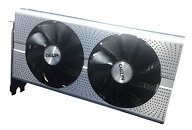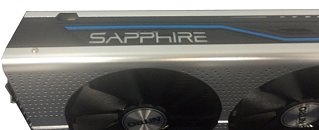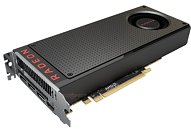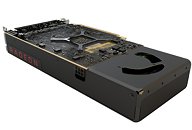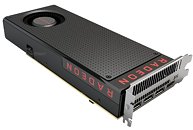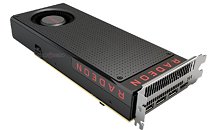AMD made a bold move in launching its first "Polaris" architecture based performance-segment GPU, the Radeon RX 480 at a starting price of US $199. The company claims that it will perform on-par with $500 graphics cards from the previous generation, directly hinting at performance being on par with the Radeon R9 Fury and R9 Nano. Although it's not in the league of the GTX 1070 or the GTX 1080, this level of performance at $199 could certainly disrupt things for NVIDIA, as it presents an attractive option for people still gaming on 1440p and 1080p resolutions (the overwhelming majority). The R9 Fury can handle any game at 1440p.
The Radeon RX 480 is based on the 14 nm "Ellesmere" silicon, fabbed by GlobalFoundries. It's publicly known that GloFlo has a 14 nm fab in Malta (upstate New York), USA. The RX 480 is based on AMD's 4th generation Graphics CoreNext architecture, codenamed "Polaris." It features 2,304 stream processors, spread across 36 compute units (CUs). Its single-precision floating point performance is rated by AMD to be "greater than 5 TFLOP/s." The chip features a 256-bit wide GDDR5 memory interface, with memory clocked at 8 Gbps, yielding memory bandwidth of 256 GB/s. There will be two variants of this card, 4 GB and 8 GB. It's the 4 GB variant that starts at $199, the 8 GB variant is expected to be priced at $229. AMD confirmed that the GPU will support DisplayPort 1.4 although it's certified up to DisplayPort 1.3. The typical board power is rated at 150W. The card could be available from 29th June.

